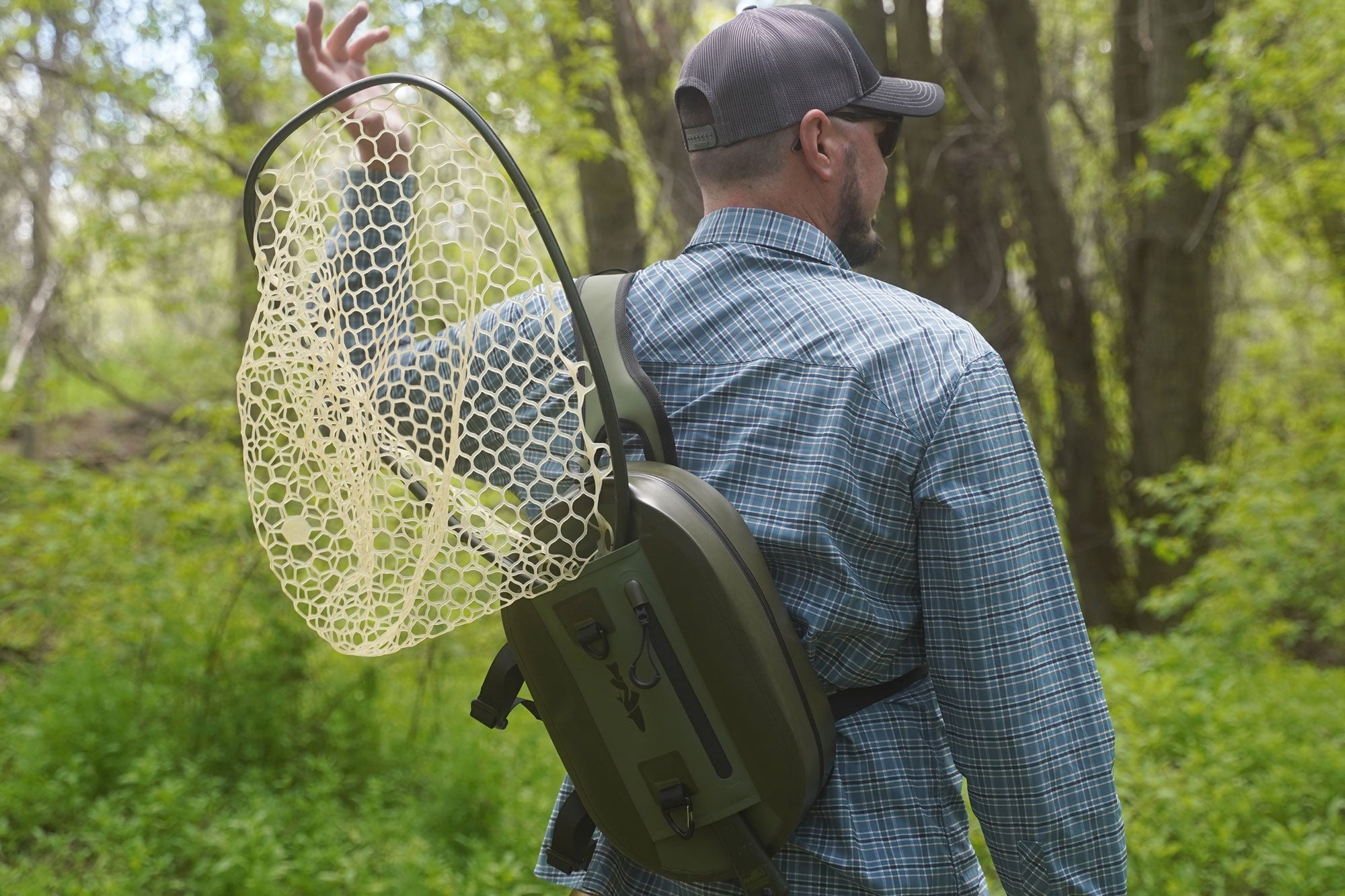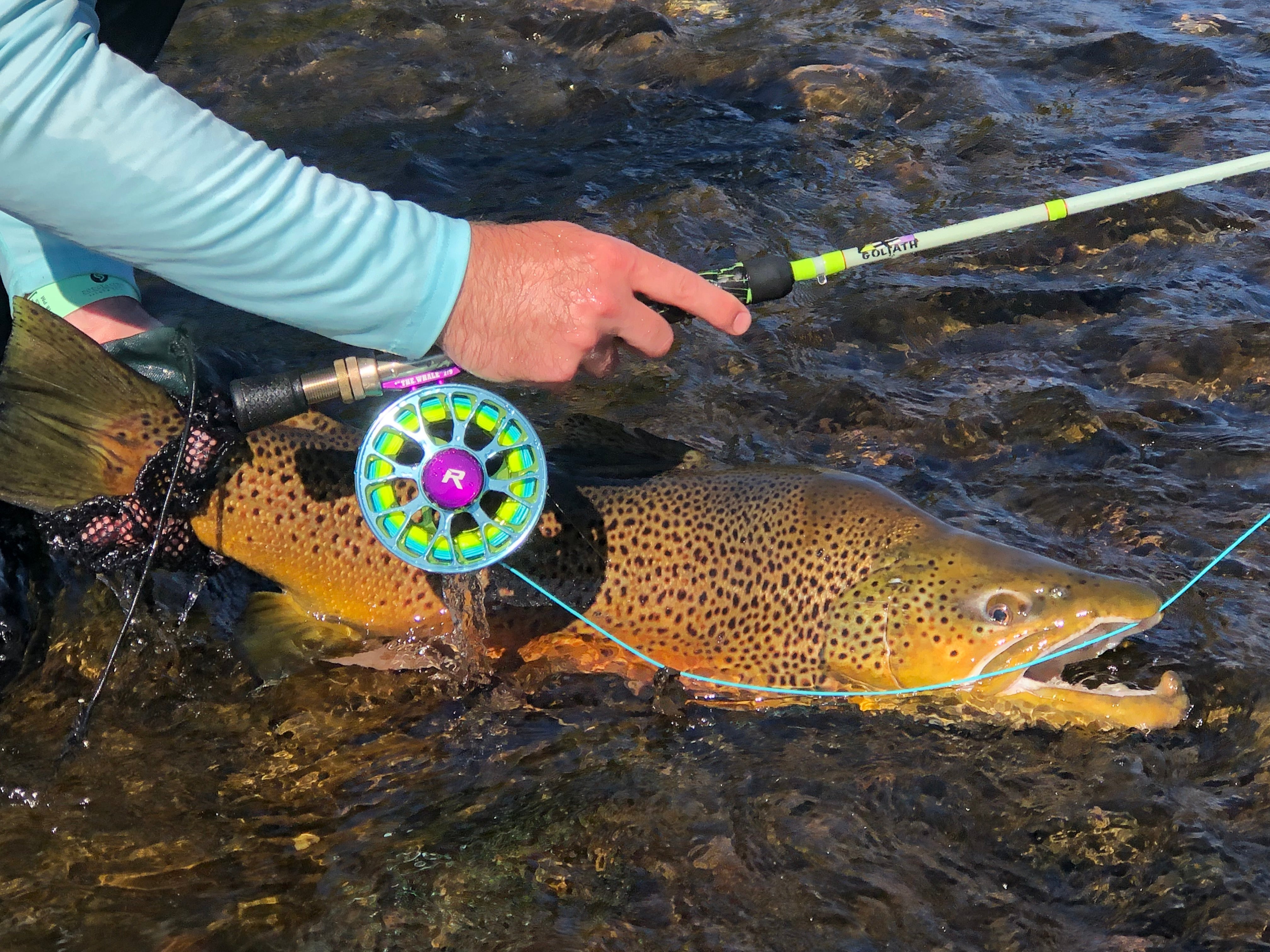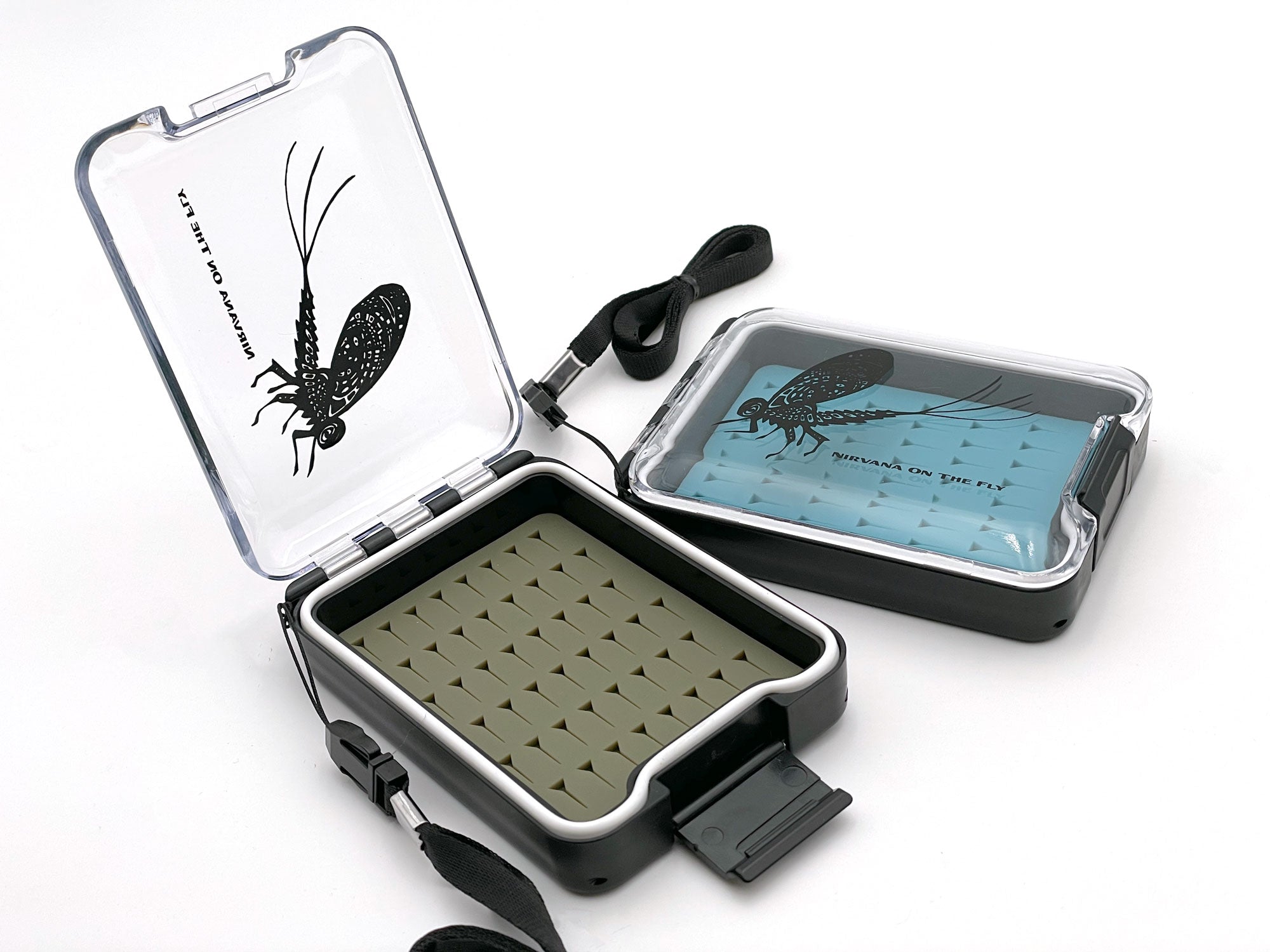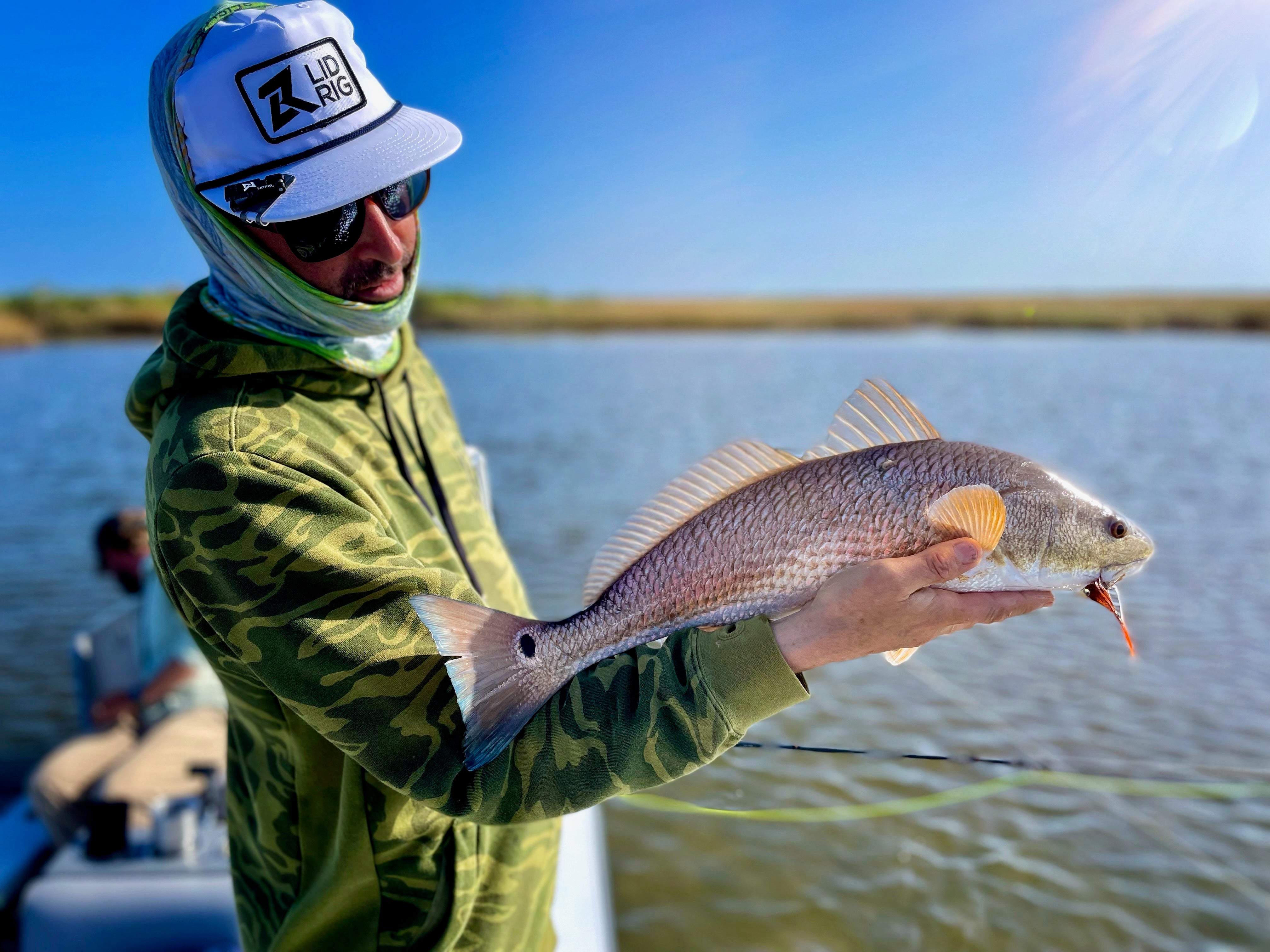Crevalle Jack (Caranx hippos), a species that has every facet of, from its historical significance to its role in marine ecosystems. The Crevalle Jack or Jack Crevalle as many refer to it as has a rich history, intertwined with maritime cultures across the globe. Historical records indicate that this species has been known to humans for centuries, primarily due to its widespread presence in both the Atlantic and Pacific Oceans. Ancient fishing communities revered the Crevalle Jack for its strength and resilience, often featuring it in folklore and art. I like to call them the pirates on deck! They steal your fly every chance they get from the fish you are often targeting. A beautiful bone is following your shrimp and you are about to hook that 7 pounder and out of nowhere comes a baby Jack to eat your heart out and take the fly instead.
Early Observations
Recorded by early marine biologists for its distinctive physical features and robust nature highly apparant. Appeared in the narratives of seafarers and fishermen across different cultures. One notable early observation of the Crevalle Jack can be traced back to the renowned naturalist Georges Cuvier. In the early 19th century, Cuvier described the species in his print work, often considered foundational in the field of marine biology. He specifically noted the Crevalle Jack's robust build and distinctive physical features, such as its high dorsal fin and powerful, streamlined body, which were unique among the Carangidae family.
Additionally, Crevalle Jacks have been frequently mentioned in the lore and narratives of various maritime cultures. For instance, in Caribbean folklore, they are often depicted as strong and elusive creatures, embodying the spirit of the sea. Similarly, fishermen along the coasts of the Americas have long regarded the Crevalle Jack as a challenging and prized catch, often sharing tales of their encounters with these powerful fish. These early narratives not only highlight the species' physical characteristics but also reflect the cultural significance they held in different societies.
View this post on Instagram
Evolution of Crevalle Jack
The evolution of the Crevalle Jack is a testament to nature's adaptability. Caranx hippos is believed to have undergone significant evolutionary changes to thrive in diverse marine environments. In the three categories of Ancestralism, Morphologicailsm, and Behavioralism the Crevalle Jack has interesting bits to share.
Ancestral Origins
- Evolved from ancient Carangidae family members, adapting to various oceanic conditions.
- Likely experienced morphological changes to better suit predatory and migratory lifestyles.
Morphological Transformations
- Developed a muscular, streamlined body for speed and endurance.
- Evolved a forked tail and powerful fins for agile movements in hunting and evasion.
- Adapted coloration and patterns for effective camouflage in different marine environments.
Behavioral Evolution
- Developed unique hunting strategies, including chasing schools of fish and ambushing prey have made them very efficient and durable as a species.
- Demonstrated adaptability in various habitats, from coastal waters to open oceans is a testament to their ability to transform to their environment with ease.
Like wolves in nature, the Crevalle Jack often hunts prey in a pack with the larger and stronger big alphas however, always having the next brood coming behind looking to take over. Exhibits of this interesting schooling behavior, particularly during spawning seasons can be fascinating to watch.
The Science Behind Crevalle Jack
Understanding the anatomy and physiology of the Crevalle Jack is crucial for appreciating its capabilities and role in the marine ecosystem. It gives you an appreciation for the power and intensity they bring on many levels. Not so acrobatic but bullish like a German tank they grind through anything for a bite and a chance to not be brought in by the enemy.
Anatomy and Physiology
Crevalle Jacks are sturdy, pan-shaped body types designed for power. These powerhouses also feature a highly efficient respiratory system to support vigorous activities making them even more sturdy than you expect. The forked tails and long dorsal fin keep them agile and adept to changing direction and attaching prey with menacing turns. Lastly, they are equipped with keen senses, especially sight and smell, for effective predation.
The Ecological Role of Crevalle Jack
As a key species in marine ecosystems, the Crevalle Jack plays several critical roles that underscore its ecological importance. It is obvious that they have a part in the system where they are prevalent and are by all means efficient at their job, hence their populations.
Predator and Prey Dynamics
- Serves as a top predator, controlling populations of smaller fish and invertebrates.
- Acts as prey for larger marine species, contributing to the oceanic food web.
Habitat and Distribution
Jacks live in a wide range of environments, from brackish estuaries to deep offshore waters. They can be found across warm temperate and tropical waters, displaying remarkable adaptability. They are pesky in more than one way.
Conservation and Sustainability
The sustainability of Crevalle Jack populations is crucial, requiring informed conservation efforts. Because they are an integral part of the food chain, disruption of this can cause significant unbalanced that drastically affects a region. This slightly older article on Jacks talks about interesting tagging scenarios and what we can learn from them.
Threats and Challenges
- Faces threats from overfishing, habitat loss, and climate change.
- Vulnerable to changes in oceanic conditions that affect breeding and feeding grounds.
Conservation Efforts
- Research on migration patterns and breeding habits to inform protective measures.
- Initiatives to promote sustainable fishing practices and habitat preservation.
The Fly Fishing Allure of Crevalle Jack
The Crevalle Jack remains a symbol of the ocean's mystery and power. Its unique characteristics, from its robust fighting spirit to its ecological significance, make it a species worth understanding and protecting. As we continue to explore and appreciate the marine world, the Crevalle Jack stands as a testament to the diversity and resilience of ocean life.
In fly fishing, we often look at them as a bycatch species and not our direct target. However, name an angler that has caught one and hasn’t wholeheartedly enjoyed the fight. They are absolute machines when it comes to applying brute force to your tackle and challenging you as an angler when landing. Here's a list of 10 frequently asked questions (FAQs) tailored for fly fishing enthusiasts who are interested in targeting Crevalle Jack (Jack Crevalle):
- What are the best locations for fly fishing Crevalle Jack?
Answer: Crevalle Jack can be found in various locations including the Atlantic coast of North and South America, the Gulf of Mexico, and the Caribbean Sea. Coastal waters, estuaries, and nearshore structures are often hotspots for this species. Some of my favorites are Louisiana, Belize, and Mexico
- What is the ideal tackle setup for Crevalle Jack?
Answer: A sturdy 8 to 10-weight fly rod with a good quality reel featuring a strong drag system is recommended. Due to their strength, a heavier leader and tippet are also advised. The thrusting power of a Jack is challenging so always bow on the run or fear breaking a rod.
- What fly patterns are most effective for Crevalle Jack?
Answer: Streamers that mimic baitfish, such as Clouser Minnows, Deceivers, and Poppers, are effective. Flies in shades of blue, green, silver, and white often yield good results. Sighting Jacks and having a popper can be one of the more invigorating images to see. They are like torpedoes barely breaching for gulping poppers when it happens.
- What is the best time of year to fish for Crevalle Jack?
Answer: Crevalle Jack can be targeted year-round, but they are most active and abundant during warmer months, typically from late spring to early fall.
- What are some effective techniques for fly fishing Crevalle Jack?
Answer: Sight fishing on flats and casting near structures like jetties or pilings are popular techniques. Fast, aggressive retrieves often trigger strikes from these predatory fish.
- How do you identify a good fishing spot for Crevalle Jack?
Answer: Look for areas with baitfish activity, bird activity overhead, or signs of fish breaking the surface. Crevalle Jack often hunt in schools, so any disturbance on the water's surface can be a good indicator. Like the Mahi Mahi in this article, it is fair to say that if you see floating debris there is Crevalle Jack under there with the Mahi Mahi competing for baitfish.
- What are the challenges of fly fishing for Crevalle Jack?
Answer: Their strong, fast, and unpredictable fighting style presents a challenge, requiring both physical strength and technical skill. Also, locating them can be challenging as they are constantly on the move.
- Is catch and release recommended for Crevalle Jack?
Answer: Yes, catch and release is encouraged to maintain healthy populations. Crevalle Jack are known for their resilience, making them good candidates for catch and release.
- What type of habitat do Crevalle Jack prefer?
Answer: They are commonly found in warm coastal waters, including bays, estuaries, and nearshore reefs. They also venture into brackish and even fresh waters.
- Are there any conservation concerns for Crevalle Jack?
Answer: While Crevalle Jack are not currently considered endangered, they face threats from habitat degradation and overfishing in some areas. Sustainable fishing practices are encouraged to ensure their long-term survival.
These FAQs provide a basic guide for those looking to pursue Crevalle Jack on the fly, offering insight into their behavior, preferred environments, and effective fishing strategies. If you want to experience incredible fishing for Crevalle Jack then I suggest contacting Captain Miles Larose in Louisiana. The Jack fishing there isn’t over popularized but it is some of the best you will find. Additionally, be prepared to see other species like Tarpon, Black Drum, etc.
For 10% off your booking with Captain Miles Larose and Skiff Supply out of Louisiana near New Orleans refer to code FFIPodcast and let them know you found out about them via the Fly Fishing Insider Podcast and Blog.
Here is another article on a fish species commonly found in Louisiana that you definetly should consider.

By Christian Bacasa
Host of the Fly Fishing Insider Podcast
www.ffipodcast.com
@flyfishinginsiderpodcast
@dupeafish






